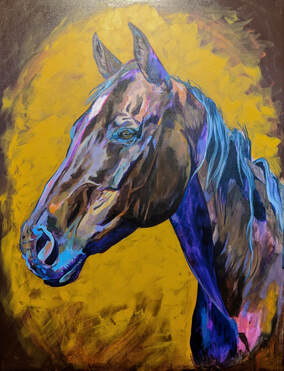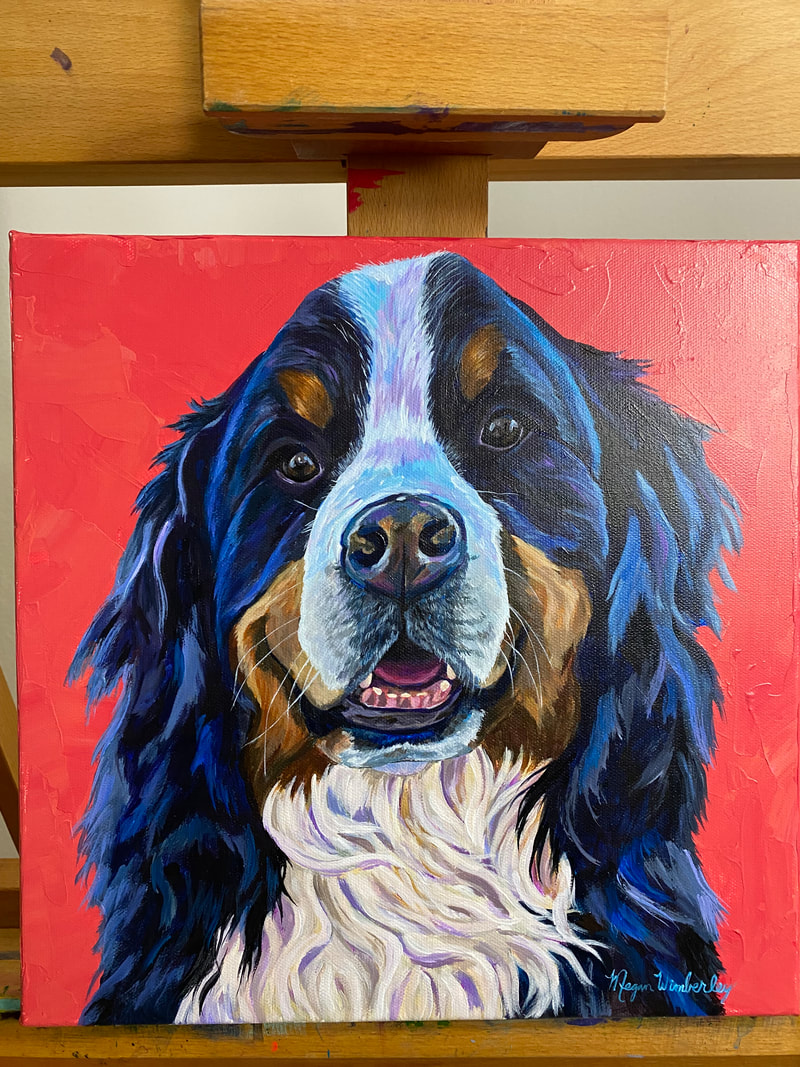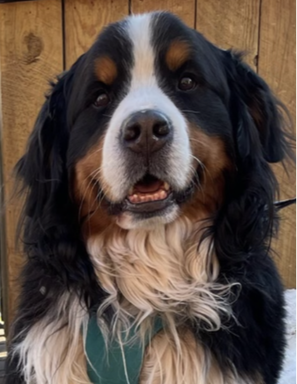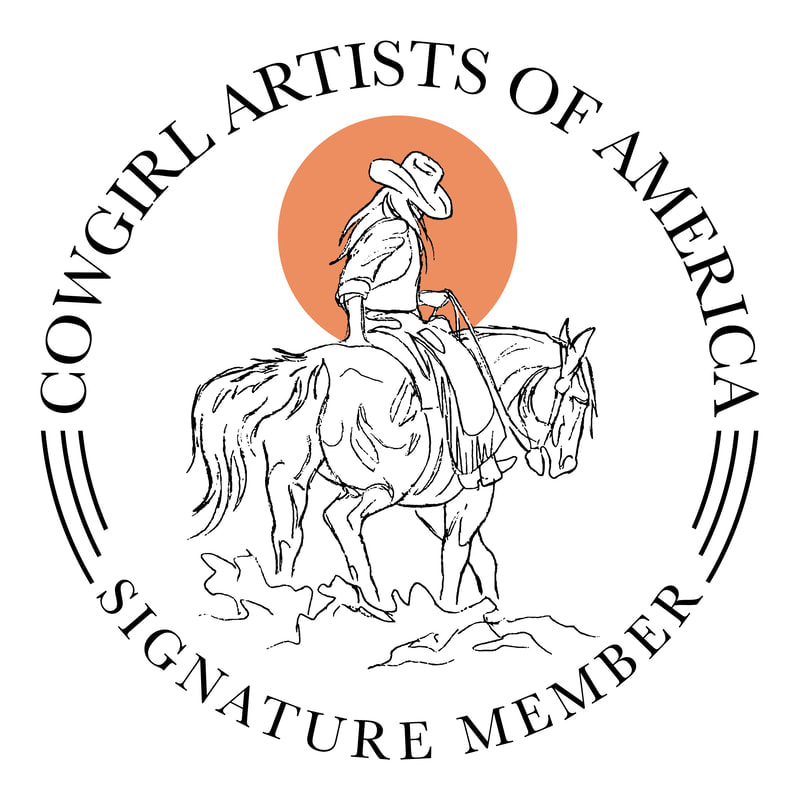|
When clients ask me to do a commission for them it is such an honor. One of the first steps to starting a commission is submitting a photo(s) to me to use as a reference. Sometimes clients already have several great photos to choose from, but sometimes they need to get a photo. Here you will find tips on taking and choosing the best photos to send for your commission.
1: In focus- It goes without saying that the photo should be in focus. The subject should be sharp and clear.
2: Lighting- Even lighting across the subject, especially their face is important. Uneven lighting can make it tricky to identify colors, patterns, and face shape. Sometimes shadowy light can help create a more moody image, but generally it is best to have even lighting. 3: Pose and facial expression- Generally you want to pick an image where your pet looks happy, calm, and engaged. Think a photo of your dog looking up at you versus pulling on a the leash with wild eyes. If the commission is only the head and neck the body does not matter as much. If you are commissioning a full body painting, make sure your furry friend is in a position that looks comfortable and natural. 4: Perspective- Perspective can totally change the feel of a photo. Imagine a photo taken from above of your dog laying down. How much different would it feel if you get down on the floor and Also read- Oakhurst Fall Festival, Artober, and Sierra Art Trail 5: Taking your own photos- When taking your own photos make sure you have good light. Outdoors a little after dawn, or before dusk, when the light is still soft is great. Overcast days are also fantastic to shoot mid day. Current phones take great photos so it is unlikely you will need special equipment to get a good shot, unless you are trying to get an action shot. Action shots are much harder to get sharp images, and the right timing. If you are wanting to try and get an action shot on a phone, you might try making a video and taking several screen shots. If you aren't taking an action shot (and even if you are do a few of these as back up), pose your furry friend in a natural position. Then consider the angle you will shoot from. Dogs and cats can look very cute when looking up at the camera. Try several angles to see what you like best. If your pet won't look at you try making a high pitched squeaky sound, meowing, whining like a dog, showing them a treat or toy, or gently shaking a bucket of grain. Be patient. Some animals can be harder to photograph than others. Take your time over a few days. Experiment with trying to pose and photographing them and just catching them when they are resting or playing. For very hyper and distractible dogs make sure to give them a lot of exercise and a chance to calm down. Photograph them during the time of day they are usually most calm, and don't take them somewhere with a lot of excitement. Final thought:
There are instances where clients are unable to get better photos because their pet has passed. In these instances clients submit several photos and I utilize all of them to capture the animal from multiple images. Of course, this is more challenging, so this is only used when necessary.
0 Comments
|
AuthorMegan Wimberley Archives
November 2023
|



